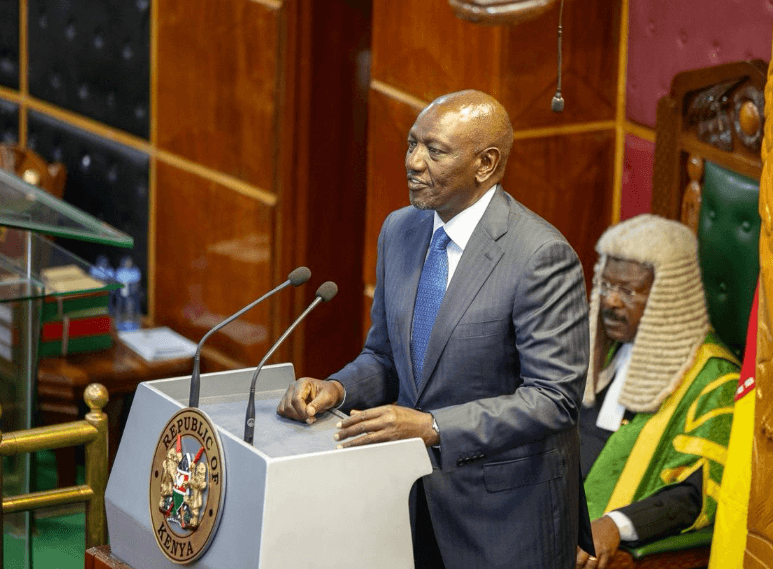Wajir South MP Mohammed Adow has said more than 63,000 refugees in his constituency face starvation.
He said the refugees are living a deplorable conditions as they struggle to satisfy their food needs.
"The influx of refugees to Kenya is also posing a security to this region," Adow said.
The MP is expected to address the media at Parliament buildings on Wednesday, to elaborate on the same.
According to the National Drought Management Authority counties in the alarm phase include Turkana, Marsabit, Samburu, Isiolo, Laikipia, Mandera, Wajir, Garissa, Tana River, Kitui and Kajiado.
Those in alert stage include Makueni, Taita Taveta, Kwale, Kilifi, Narok, Nyeri (Kieni), Meru (Meru North), Tharaka Nithi (Tharaka) and Embu (Mbeere).
Baringo, West Pokot and Lamu are in normal phase.
The drought has left more than 3.5 million Kenyans and 500,000 refugees in northern Kenya exposed to starvation and even death.
More than 385,000 children under the age of five are also suffering from acute malnutrition as a result of the drought.
More than 1.4 million animals are believed to have died in Kenya alone due to the ongoing drought.
Some 75,000 weak livestock have also been slaughtered through the government's offtake programme and meat distributed to vulnerable households.
More than 766,000 households are in the most affected areas.
Water sources have become increasingly scarce, forcing families to trek longer distances with herders often trekking up to 30 kilometres.
Food and water prices are soaring to unaffordable levels, resulting in rising malnutrition.
According to the United Nations Office for the Coordination of Humanitarian Affairs 3.5 million Kenyans were facing hunger due to acute drought by June 2022.
A fourth consecutive poor rainy season could prove disastrous.












